Since its introduction in 2008, cryptocurrencies have revolutionized the standard way of transferring cash and other assets. They haven’t only changed financial transaction procedures; cryptocurrency offers new prospects for investors as they have a higher chance of increasing in value over a short period of time. Although the future of the currency looks promising, we can’t deny the fact that the future will come with perils that come with evolution. To get the best out of cryptocurrency, you need to know everything there is to know about it, the basics most important, and what the future holds.
Defining Cryptocurrency
Cryptocurrencies are digital assets that are designed to function as a means of exchange. It features strong cryptography and uses this to secure financial transactions, control the creation of an extra unit, and verify the transfer of cash. The entire system functions through a decentralized control that serves as a public financial transaction database.
Let us break it down in case the definition sounds a bit too foreign to you. Imagine a world where your money is digitized. I don’t mean the use of online transfers and cards; this time, I mean an online wallet for storing your cash. In the real sense, we have no physical tie to the asset like the fiscal money, but it is secure in a blockchain database where transactions can be easily and safely done. Yes, blockchain database. A blockchain database is like a digital ledger that stores all your information in structures called blocks.
By use, cryptocurrencies make it possible to make instant cash transfers without involving a third party. Since its introduction, the scope of application has widened. It has extended to the transfer of real-life assets.
How it all began
For security reasons, exchanging and transfer of assets between a recipient and a sender are encrypted. This process is known as cryptography, and the term “cryptocurrency” was born. The journey started in 1983 when an American cryptographer named David Chaum conceived digital cryptographic money he called “ecash.” He then implemented his plan through Digicash, thus making it into a form of electronic payment that the user can use to withdraw notes from the bank. Before the transfer of any amount, the user needs to enter a set of assigned and specific encrypted keys to confirm authorization.
Shortly after in 1998, the “b-money” was introduced as a description to function as an electronic cash system and the bit gold soon followed for investors who wanted to buy gold from American corporations. Unlike predecessors, the first decentralized cryptocurrency was introduced in 2008 by Satoshi Nakamoto. This currency, later referred to as bitcoin, makes use of a peer-to-peer electronic cash system. Litecoin was released in 2011 as an addition to bitcoin, but little did we know that it was the beginning of a process that would revolutionize our understanding of currency.
No central government is in charge of the supply and demand of cryptocurrency. Instead, they are generated through a process called mining. Coin mining is a digitized process that involves competition between different computers that attempt to secure a network by solving various mathematical equations. Bitcoin is the reward earned when a computer system is successful at securing a network. The coin then gets enlisted in the blockchain.
What is blockchain?
Every transaction involves more than one individual. For cryptocurrency, there is a sender and the recipient each with their separate address and the specific amount transacted. When each transaction is complete, they are added to an unverified block. Every block is made up of a pre-specified number of transactions. After the successful transaction is added to the block, they can’t be edited or removed for any reason.
The interconnection of more than one block is what we refer to as the blockchain. Scattered across the chain are transactions that have been executed in the history of cryptocurrency. Blockchain is like a stamp that verifies the validity of a coin. As users join the system, the chain maintains a growing list of records and links it together in a chain formation. Each block has a specific hash pointer that allows it to link up with a previous block and transaction data. Blockchain data can’t be modified, as they are designed to record transactions between two parties.
When Mr. X sends some coins to Mr. Y and signs the transaction with his private key, the transaction is broadcasted across the network. Mr. Y then has to wait for confirmation from the system before he can have access to the coins.
What is mining?
Without axes to work with, miners make use of computer software to verify block transactions by solving mathematical equations and cryptographic puzzles. Mining is the process of validating a transaction. For their effort, miners get cryptocurrencies as a reward. Since the network is decentralized, and no one has the authority to delegate a task, anyone can be a miner. So by rule, miners need to invest some work of their computers to qualify for the mining task. They need to find a hash that connects a new block with the previous block. Hash algorithms like Scrypt and SHA 256 are necessary for validating transactions and are usually generated by efficient computers.
Don’t try to wrap your head around Scrypt or SHA 256. All you need to know is that they provide a basis for solving a cryptographic puzzle. There is a limit to the amount of cryptocurrency tokens that a miner can generate in a period.
Some terminologies you need to know
Wallet:
Cryptocurrency wallets are used to store the private and public address or keys that are needed to send and receive cryptocurrency. A private key makes it possible to change the block and send currency to your wallet.
Address:
Working as an email address, a cryptocurrency address allows you to share your coins with someone, or receive coins. Each address is unique and you can have more than one address. Initial coin offering: ICO is a means of raising funds for a new cryptocurrency venture. Think of it as crowdfunding or a token sale that is initiated between a company and the public. When a new coin is to be introduced, the company can offer it to the public in exchange for flat currency. The funds are then received, and the company uses it to develop new concepts. Once the token is launched, users can make transactions on the network of the issuing company. Many view this method as a controversial means of raising funds, and countries like South Korea and China have placed a ban on ICOS.
Transaction fees:
Every transaction requires a transaction fee. The fees needed for the transaction of cryptocurrency depends on the supply network capacity at the time of transfer versus the demand from the currency holder. Holders can determine how much of a transaction fee they wish to pay, and the order of priority.
Other alternative coins
Altcoin is a term used to describe any cryptocurrency token other than bitcoin. Since the introduction of bitcoin, many currencies have tried to duplicate bitcoin’s success. As should be expected, not every cryptocurrency has been able to achieve this. Some have come close. As of 2019, there are about 2,322 coins being traded in the market, all having distinct features that make them stand out. Ethereum is an example of a successful cryptocurrency; it uses blockchain to develop a decentralized application that can store data of different blockchain users instead of making use of a single server. With its introduction of smart contracts, Ethereum has also grown immensely to become the second-largest cryptocurrency in the world.
Cryptocurrency properties
1. Anonymous:
Your account and your transactions aren’t connected to real-world identities. Instead, you use your address to authorize a transaction. It is possible to keep track of transactions. Although transactions are not connected to real-world identities, it is possible to connect a transaction to a real-world identity, depending on the cryptocurrency in question.
2. Irreversible Transaction:
This is pretty much self-explanatory. Nobody can reverse any verified transaction—not you, not your miner, or who introduced bitcoin. There is nothing like a safety net in cryptocurrency. The only safety is your authorization. If you send your funds to a scammer or a wrong address, there is no getting them back.
3. Security:
Your funds are secured in a public key calligraphy system. Thus, you are the only one that can authorize transactions.
4. Fast and Worldwide Application:
Transactions are performed in real-time and confirmation can be achieved in a few minutes. No matter where you are, you can send and receive a coin.
5. No Permission Needed:
You don’t need the approval of your president before you can use cryptocurrency. You can download and install the software to send and receive coins.
List of some popular cryptocurrency
Bitcoin remains the most popular cryptocurrency; however, there are other currencies that you should check out. Some of them include Ethereum, Ripple, Litecoin, and Monero.
The truth is, we can never fully understand the technology behind cryptocurrency because it is evolving. One sure thing is that it will evolve into the future. The market demand for and supply of cryptocurrency is wild and fast. As old currencies die, new ones emerge. A fact that is applicable to every cryptocurrency that emerges is that it offers promising prospects for investors.







